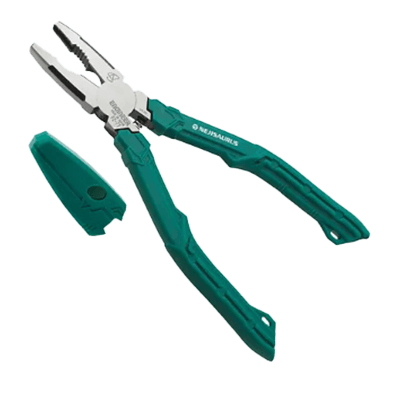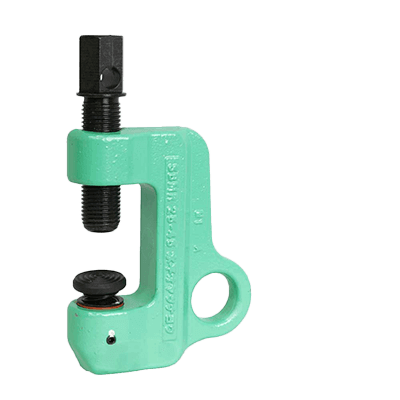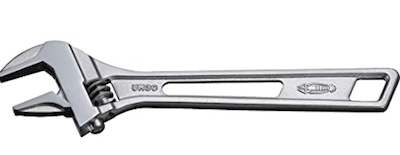What Is a Gauge?
A gauge is a simple-to-use measuring instrument.
In the case of specialized measuring instruments, measurement values are affected by the skill, knowledge, and proficiency of the individual.
Gauges, however, can be used to make measurements with high accuracy, regardless of the user’s skill level. The accuracy of the gauge itself makes measurement possible.
Uses of Gauges
There are various types of gauges depending on the object to be measured.
For example, suppose you want to measure width. In this case, block gauges are mainly used.
Other types of gauges exist, such as clearance gauges, dial gauges, and radius gauges. The feeler gauge can measure the clearance between the contact surface and the object to be measured. If you want to measure the R shape, use a radius gauge. It is important to clearly determine what kind of shape you want to measure.
One of the important things when using gauges is how they are stored and used. The gauge guarantees the measurement accuracy by the accuracy of the gauge itself.
- Placing it in a messy place and bumping it against other objects.
- Storing the gauges in an unfavorable environment, causes them to rust.
- Slip off the gauges and drop the object.
If the gauges are handled as described above, the accuracy of the gauges themselves will deteriorate and the accuracy of the measurement will also deteriorate.
How to Select Gauges
The choice of gauges varies depending on the shape to be measured. Even if the gauges are similar, the grade will vary depending on the purpose of use, so it is necessary to investigate the grade as well.
The following is a list of several types of gauges for reference:
- Block gauges
Block gauges are block-shaped gauges with a fixed width. The width is measured by combining block gauges. They can also be used to check the accuracy of measuring instruments such as micrometers. There are four grades: K, 0, 1, and 2. The grade varies depending on whether the gauges are used to measure processed products or to check the accuracy of inspection equipment. - Filler gauges (clearance gauges)
Clearance gauges are thin metal plates of different thicknesses. - Radius Gauges
Radius gauges are used to measure the shape of curved sections. The radius gauges are placed on the curved part to check for gaps and rattling. Both convex and concave shapes are available. - Pin gauges
Pin gauges are cylindrical gauges. It is mainly used to measure small-diameter holes. Measurement is made by whether or not it enters the hole. - Thread gauge
Thread gauges are used to measure whether threads are manufactured within the allowable tolerance. Two types of gauges are available: threading and stopper gauges.
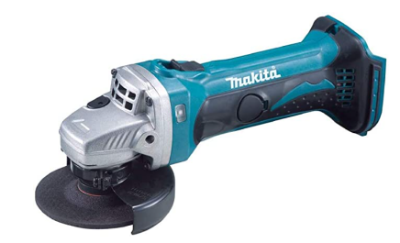
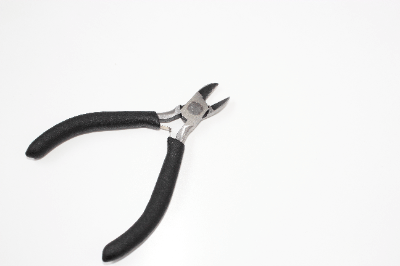 Nippers are
Nippers are 